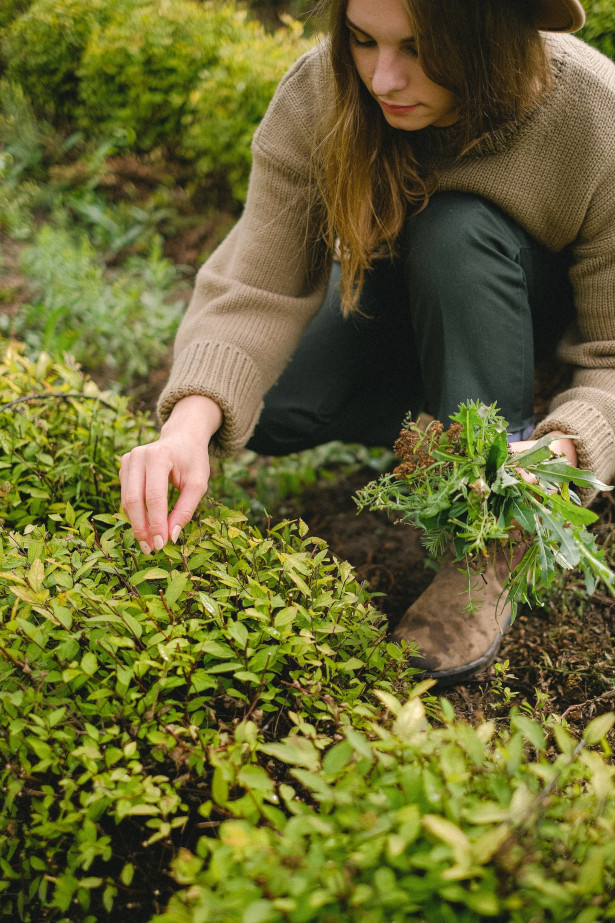5 Simple Ways to be More Eco-Friendly in Everyday Life
It might be the middle of a pandemic but climate change has yet not been relegated to a secondary position when it comes to a global emergency. The ozone layer is constantly depleting, glaciers are melting, sea levels are rising and the most dreadful of all is a patch of floating plastic between Hawaii and California that is now twice the size of Texas.
Eco-friendly living not only aids environmental conservation but is also energy-efficient and pocket-friendly. Therefore, going green is a must-to-do thing at present.

(Picture Credits:Pexels)
Here are certain tips to ensure that you are more eco-friendly in your daily life.
1. Save Energy
One of the simplest ways to conserve the environment is reducing wastage of energy. You can conveniently save energy by switching over to energy-efficient alternatives. For example, you can choose modern LED lights that use comparatively less power than traditional light bulbs. LEDs also produce less heat. Another option is to swap conventional ACs with green water-based Air Conditioning. A simple habit of switching off electronics whenever you have finished using them can also help you save a considerable amount of energy.
2. Switch to Renewable Items
Renewable products can quickly replenish after human exploitation and help in reducing wastage. Renewable products made up of wood, bamboo, cork, straw, etc. are more durable, cost-efficient, and eco-friendly. Owing to their durability, they can help you save money that would be otherwise spent on buying new articles. These products are easy to dispose of and create comparatively less wastage than non-renewable items. For example, companies like Ecoy have come up with comfy versatile bamboo sock range that are durable and create less waste during production.
3.Cut out Plastic
Plastic is one of the most widely used materials and perhaps the most harmful one too. The best three ways of managing plastic are Reduce, Reuse and Recycle. The first thing to do is reduce the use of plastic in your daily life be it for something as basic as carry-bags. Use the more stylish and eco-friendly jute bags. DIY plastic bottles into boxes and containers for food items or small accessories. Give away used plastic in recycling plants instead of throwing it on the roadsides. You should regularly separate the kitchen waste into biodegradable and non-biodegradable sects, and dispose of each in their own proper way. You can even have a natural compost pit for disposing of the biodegradable waste, which would also give natural manure to your plants.

(Picture Credits:Pexels)
4. Use Public Transport
Gas emission from cars and bikes sums up to a great portion of pollution in the environment. Switching to public transports like buses, trams, bicycles, or CNG-based cars would reduce environmental degradation. Switching to public transports will also reduce the use of petrol and diesel that would lessen the exploitation of natural resources. You can even go for electric bikes that are presently the best mode of private transportation.
5. Eliminate Disposables
Single-use items such as paper towels, plastic utensils, plates, glasses, and cups are mostly cast out after one use and hence create a lot of wastage. You can easily spot a hill of disposable plates, cups, and glass outside houses and banquets post-party. They are difficult to dispose of and recycle. Therefore, it is always advisable to use reusable products over disposables wherever possible. Another healthy habit to reduce wastage is going paperless. Reduce the use of paper as much as possible. Use cloth mops and handkerchiefs instead of paper towels. Avoid generating receipts where digital copies would work.
Hence we see that with just a few simple changes in approach and habits, we can do a lot to save nature.







